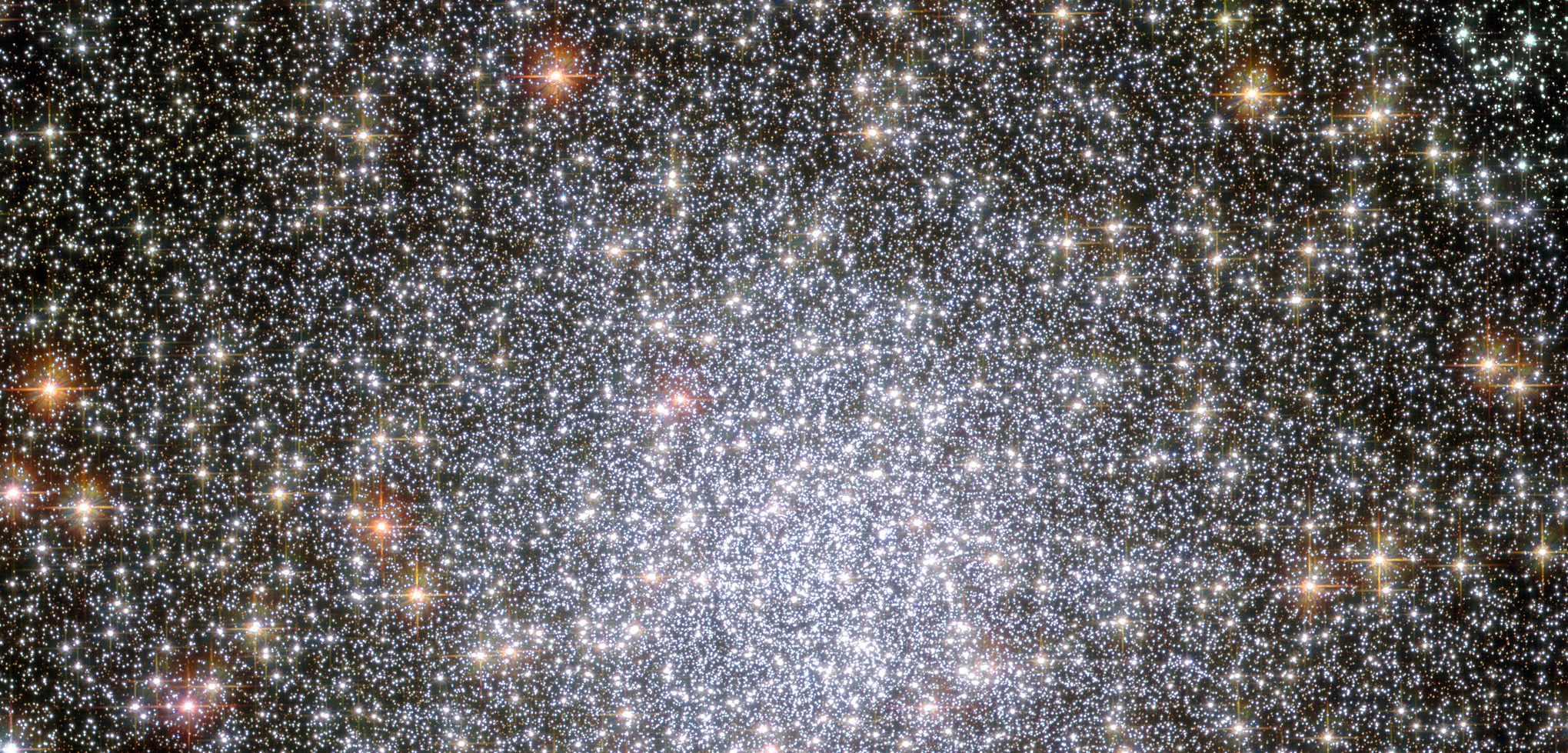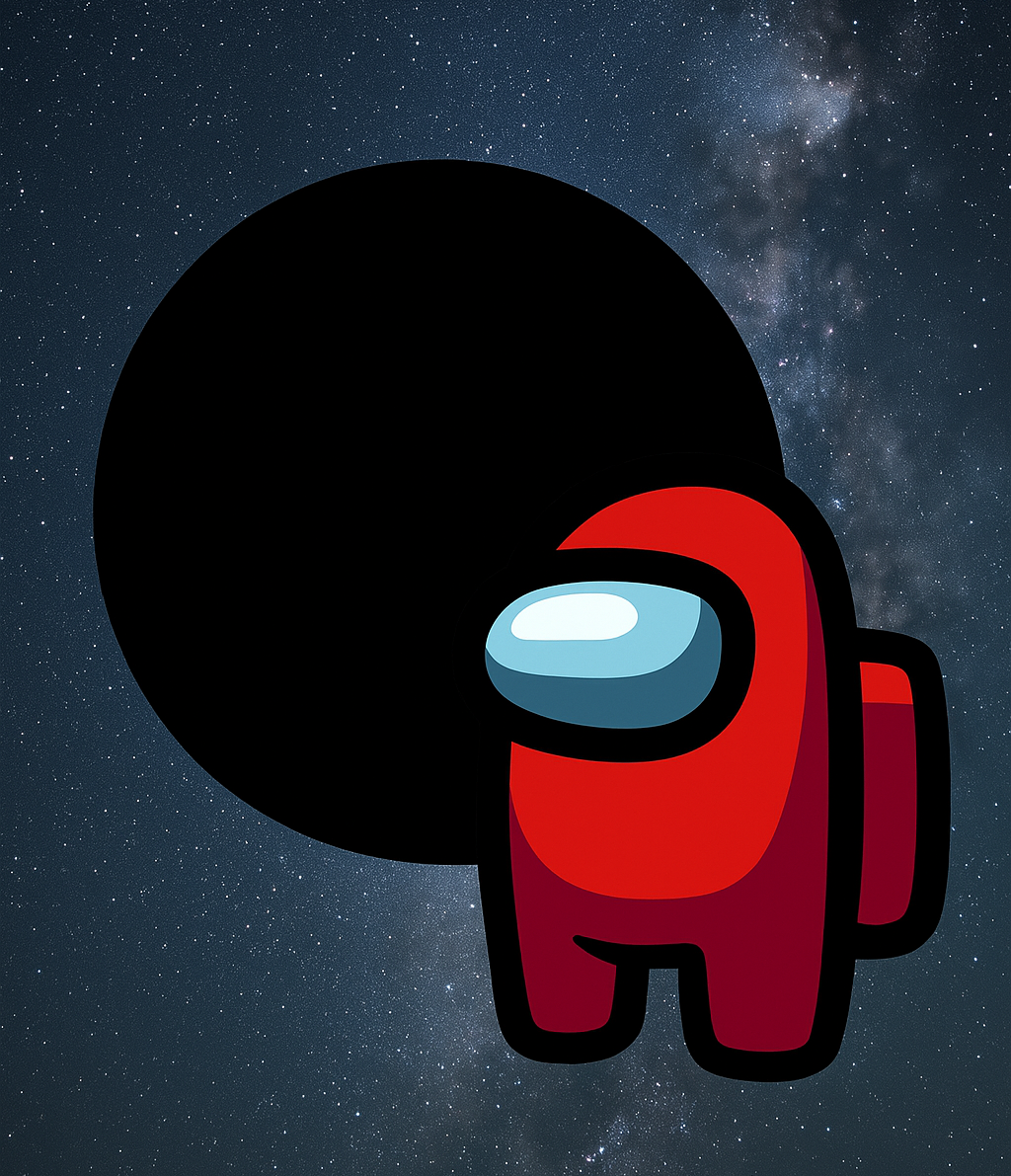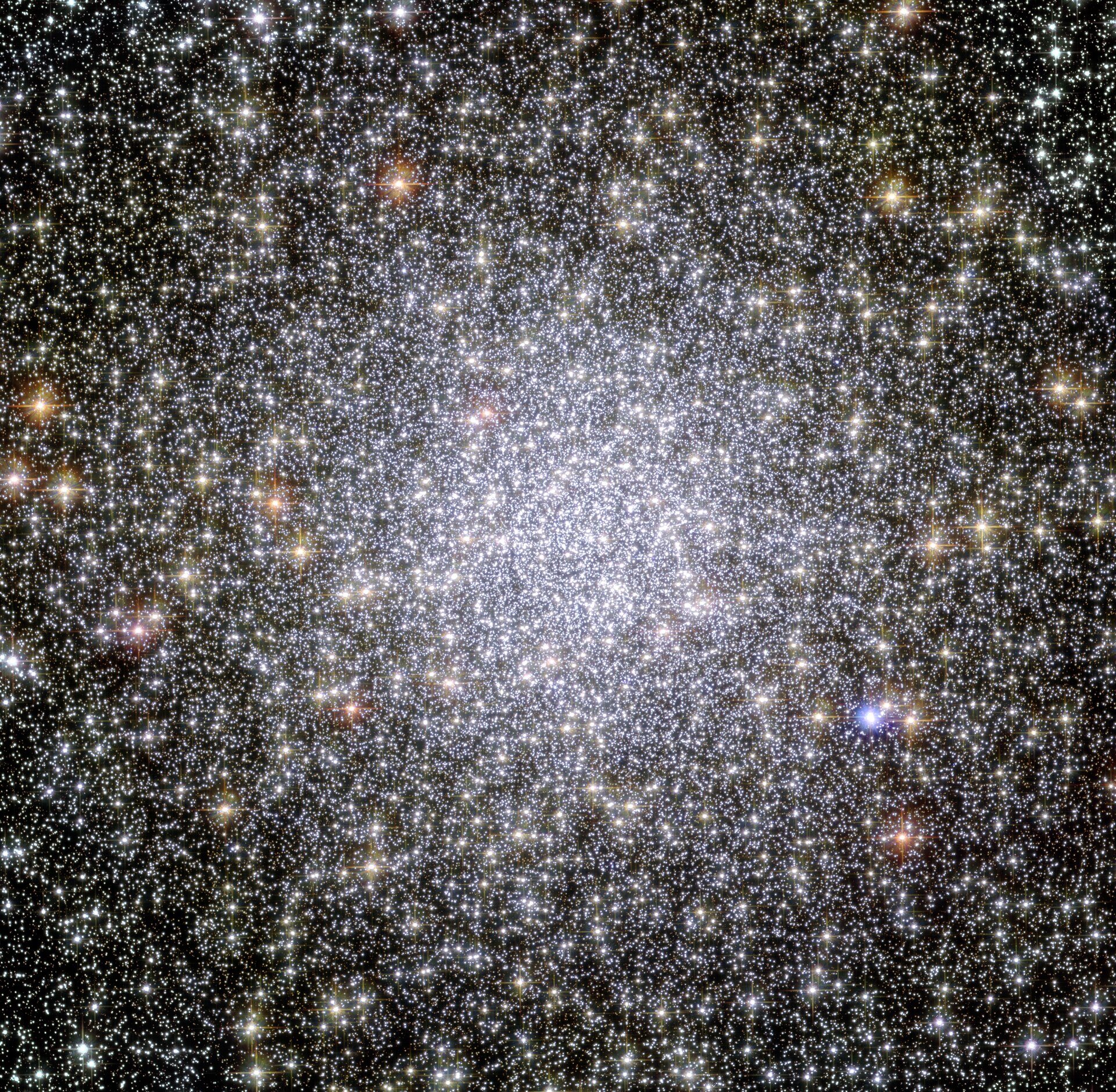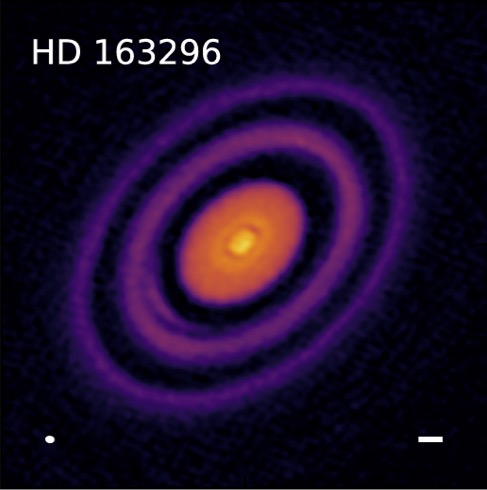In September 2023, I started my PhD at MPIA Heidelberg, where I am working with Professors Hans-Walter Rix and Kareem El-Badry on the search for dormant black holes. Based on high-resolution, multi-epoch spectroscopy, I search for and characterize binary star systems with possible compact companions.
I am interested in uncovering the formation pathways of these systems and, more broadly, in constraining the properties of the black hole population in the Milky Way.
Before that, I did my undergraduate studies at the University of Göttingen and have spent two semesters abroad at the Universities of Padova and Stockholm.
In my Master's thesis, I studied spectroscopic binaries in globular clusters, working with Professors Stefan Dreizler and Sebastian Kamann and the MUSE consortium.
Key Interests
- Binary star systems
- Spectroscopy
- Black holes and compact objects
- Population synthesis
- Globular clusters
- Bayesian Statistics
Image Credit: 47 Tuc by NASA, ESA, and the Hubble Heritage (STScI/AURA)-ESA/Hubble Collaboration
Acknowledgment: J. Mack (STScI) and G. Piotto (University of Padova, Italy)




